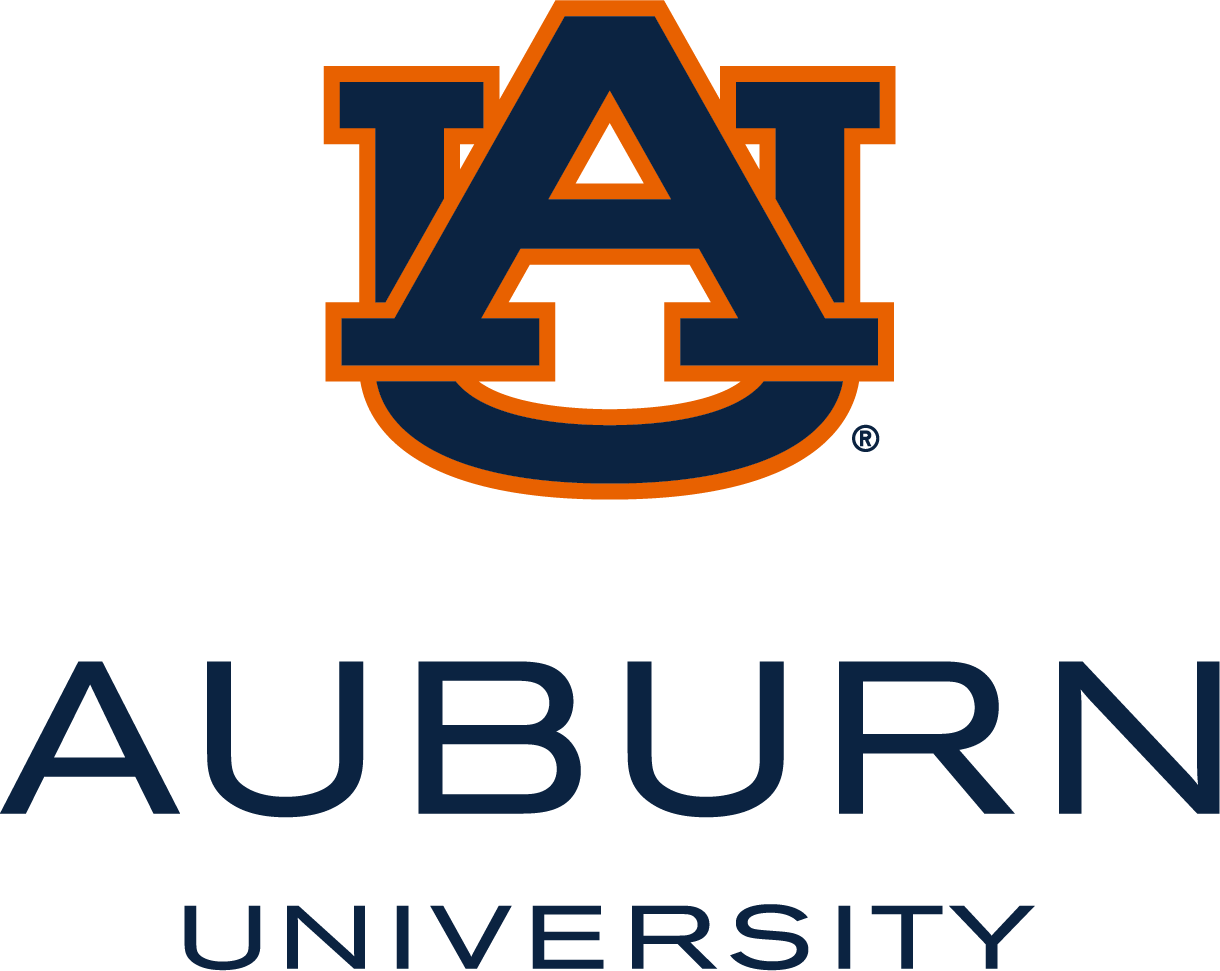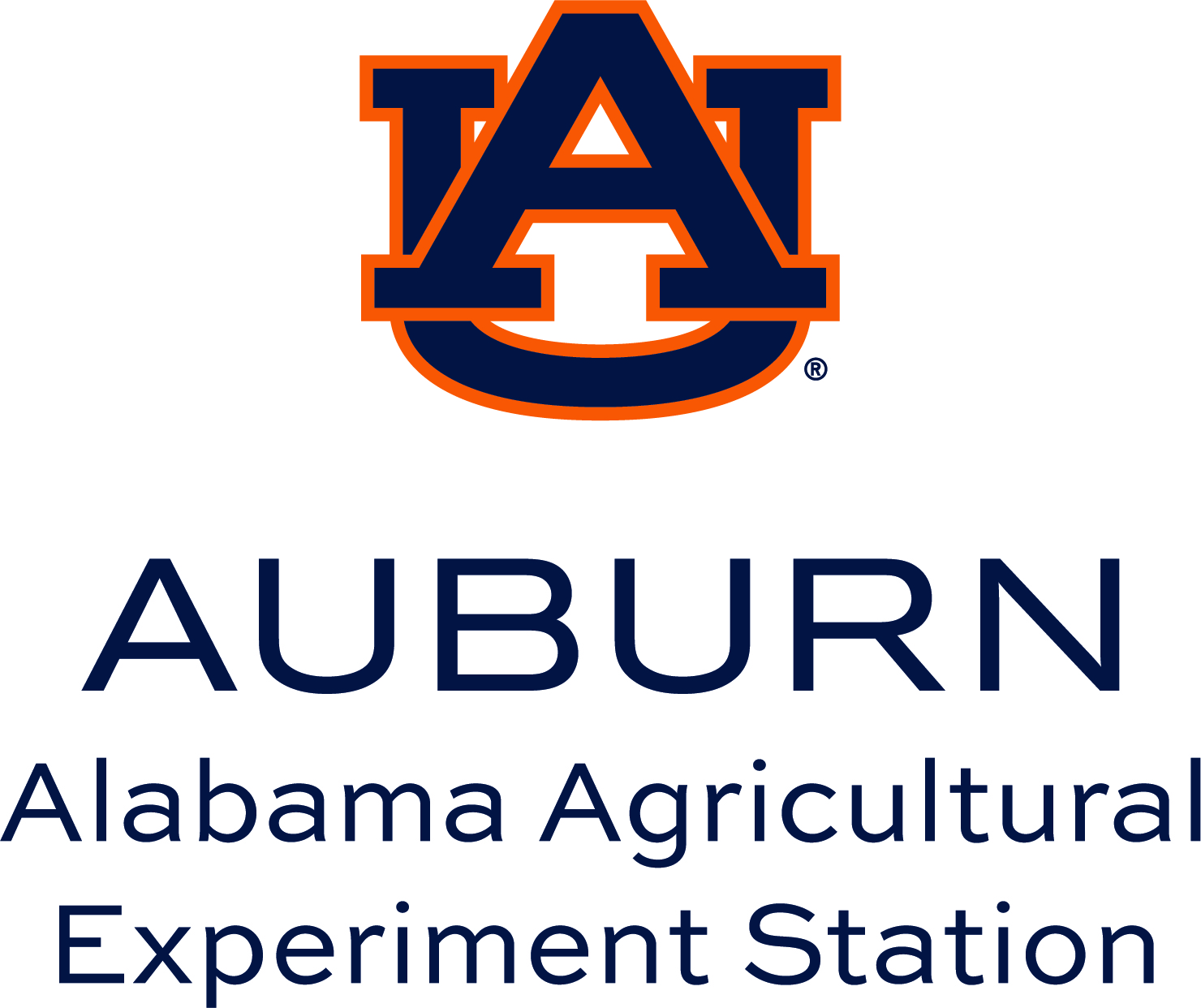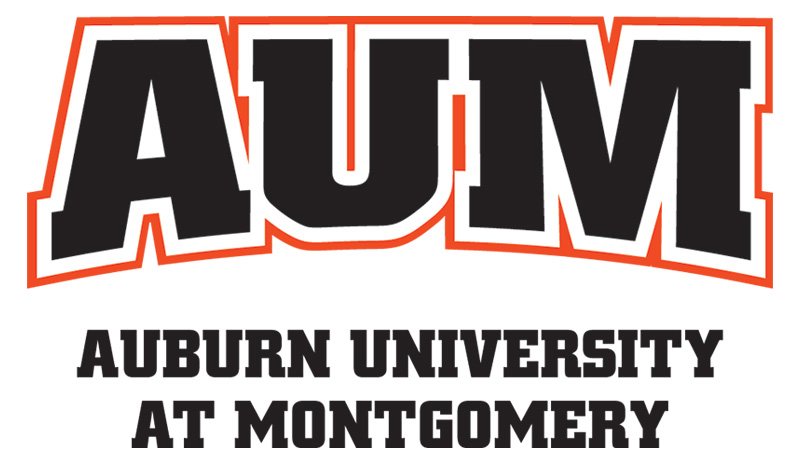At Auburn University, we believe in the power of education to transform lives. That belief is rooted in our commitment to creating a campus where every member of our community—students, faculty, staff, alumni, and families—can thrive. As we look to the future, we are reaffirming a vital part of that commitment: ensuring that our digital spaces are accessible to all.

Title II ADA Compliance and Digital Accessibility
Title II of the Americans with Disabilities Act (ADA) requires that all services, programs, and activities provided by state and local governments—including public colleges and universities—be accessible to individuals with disabilities. This includes digital content such as websites, mobile applications, online learning platforms, and electronic documents.
In April 2024, the U.S. Department of Justice (DOJ) finalized a new rule that explicitly outlines how public entities must ensure their digital offerings are accessible. The rule mandates compliance with the Web Content Accessibility Guidelines (WCAG) 2.1, Level AA, a widely accepted international standard for digital accessibility.
For higher education institutions like Auburn University, this rule has significant implications. Public institutions must ensure that all digital services—such as course registration systems, financial aid portals, library resources, and instructional materials—are accessible to individuals with disabilities. This includes providing alternative text for images, ensuring compatibility with screen readers, and making interactive elements usable for all students and staff. By improving digital accessibility, higher education institutions can help close these gaps and foster more inclusive learning environments.
Key Components of the Rule
Public entities—including state and local governments and public colleges and universities—must ensure that all digital content and services are accessible to individuals with disabilities. This includes:
- Websites and web applications
- Mobile applications
- Digital documents (e.g., PDFs, Word, Excel, PowerPoint)
- Online services such as registration, financial aid, and learning platforms
Institutions must proactively assess and remediate inaccessible content to meet compliance deadlines based on their size and resources.
The rule mandates conformance with the Web Content Accessibility Guidelines (WCAG) 2.1, Level AA. This standard includes:
- Text alternatives for non-text content (e.g., images)
- Captions and transcripts for multimedia
- Keyboard navigability
- Consistent navigation and input assistance
- Compatibility with assistive technologies
WCAG 2.1 AA is internationally recognized and provides a robust framework for ensuring digital accessibility across platforms.
- Digital Content: Any information or service delivered electronically, including websites, apps, documents, and media.
- Public Entity: Any state or local government agency, including public universities and colleges.
- Accessibility: The ability of individuals with disabilities to access and use digital content and services with the same ease and effectiveness as others.
Certain types of content are exempt from the rule, including:
- Archived Web Content: Web pages and documents archived before the compliance date that are not updated or used for current activities.
- Preexisting Documents: Some older documents created before the compliance date may be exempt unless they are still actively used or required for current services.
- Third-Party Content: Content posted by external users not under the control of the public entity.
- Individualized, Password Protected Documents: documents intended for only one person behind a secure login.
What the DOJ’s 2024 Rule Means for Auburn
As a land-grant institution, Auburn University is rooted in a mission to expand access to education, serve the public good, provide practical solutions to societal challenges, and empower future leaders. Ensuring digital accessibility is not just a legal obligation—it’s a reflection of our core values. By removing digital barriers, we open doors for all members of our community to fully participate in academic, civic, and professional life.
Under the new rule, Auburn must ensure that all digital content is compliant with the Web Content Accessibility Guidelines (WCAG) 2.2, Level AA. This includes:
- Websites and mobile apps used for admissions, academics, student life, and public engagement.
- Internal platforms such as HR systems, faculty portals, and administrative tools.
- Course materials, including syllabi, lecture slides, videos, and third-party content.
- Student services like financial aid, advising, housing, and counseling.
- Online ticketing systems, applications, forms, or other registrations.
Key Changes Outlined in the 2024 Final Rule
The rule mandates that all digital services provided by public entities, including public colleges and universities, must be accessible to individuals with disabilities. This includes:
- University websites and portals
- Mobile applications used for admissions, academics, and student services
- Online forms, registration systems, and learning management systems
- Multimedia content such as videos and livestreams
These platforms must be designed and maintained to ensure equal access for all users, including those using assistive technologies
The DOJ has adopted the Web Content Accessibility Guidelines (WCAG) 2.1, Level AA as the official technical standard for compliance. This standard includes:
- Text alternatives for non-text content (e.g., images, charts)
- Captions and transcripts for audio and video
- Keyboard accessibility for all interactive elements
- Clear navigation and readable content
This ensures a consistent and inclusive digital experience across all platforms.
All large, public colleges and universities must achieve full compliance by April 24, 2026, -two years from the rule's publication date. This includes:
- Ensuring all new digital content is accessible from the outset
- Remediating existing inaccessible content
- Providing alternative access when immediate remediation is not feasible








